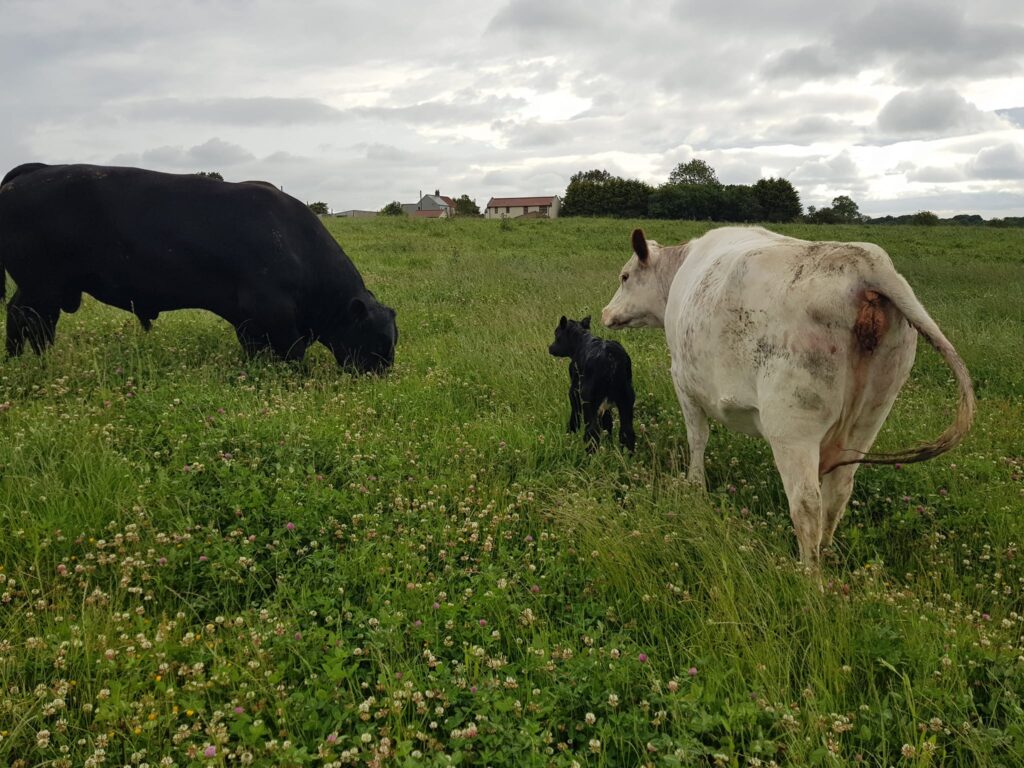Regenerative agriculture is a farming method that aims to improve the health of soil and ecosystems while also increasing crop yields and resilience to climate change. This approach is based on the principle of regenerating natural systems, rather than simply exploiting them.
One key aspect of regenerative agriculture is the use of cover crops. These are crops that are planted between main crops to improve soil health and reduce erosion. They can also be used to fix nitrogen in the soil, reducing the need for synthetic fertilizers. Some common cover crops include clover, alfalfa, and rye.
Another important aspect of regenerative agriculture is the use of no-till or low-till farming methods. These methods involve minimal disturbance of the soil, which helps to preserve the delicate ecosystem of microorganisms that live in it. This can also help to reduce erosion and improve water retention in the soil.
Regenerative agriculture also places a strong emphasis on biodiversity, which is often lacking in traditional farming methods. By planting a variety of crops and using multiple management techniques, farmers can create a diverse ecosystem that is more resilient to pests and disease. This can help to reduce the need for pesticides and other chemical inputs.
Other practices that are commonly used in regenerative agriculture include crop rotation, composting, and the use of livestock to manage the land. These methods can all help to improve soil health and increase crop yields, while also reducing the environmental impact of farming.
It’s worth noting that regenerative agriculture is not a one-size-fits-all solution, and different farms will require different approaches based on local conditions. However, by embracing a holistic and regenerative approach, farmers can help to create a more sustainable and resilient food system.

One of the biggest benefits of regenerative agriculture is its ability to sequester carbon in the soil. Healthy soil is able to absorb and store carbon, which can help to reduce the amount of carbon dioxide in the atmosphere. This not only helps to mitigate the effects of climate change, but it also improves soil health and fertility.
Regenerative agriculture is beneficial for communities and society as a whole. By reducing the environmental impact of farming and producing healthy, nutrient-dense food, regenerative agriculture can help to improve public health and create more resilient local food systems. Additionally, by supporting farmers who use regenerative practices, consumers can help to create a more sustainable food system for future generations.

